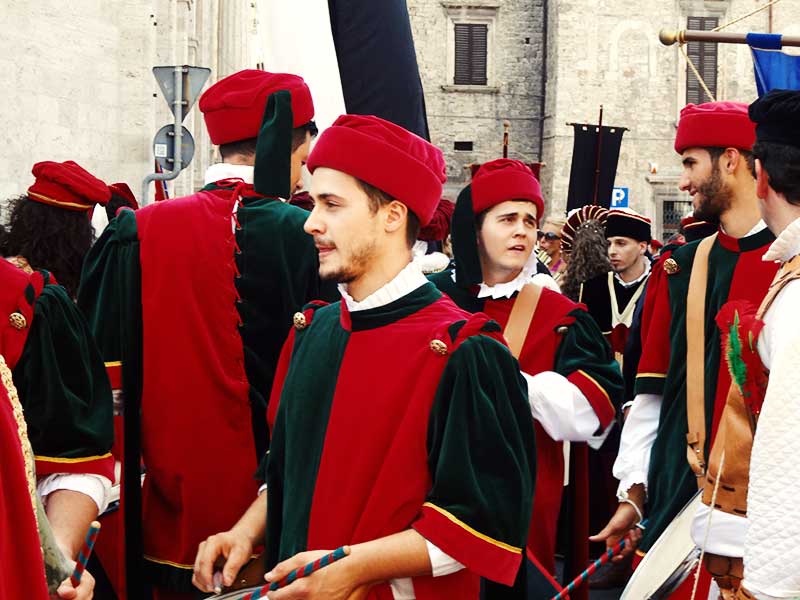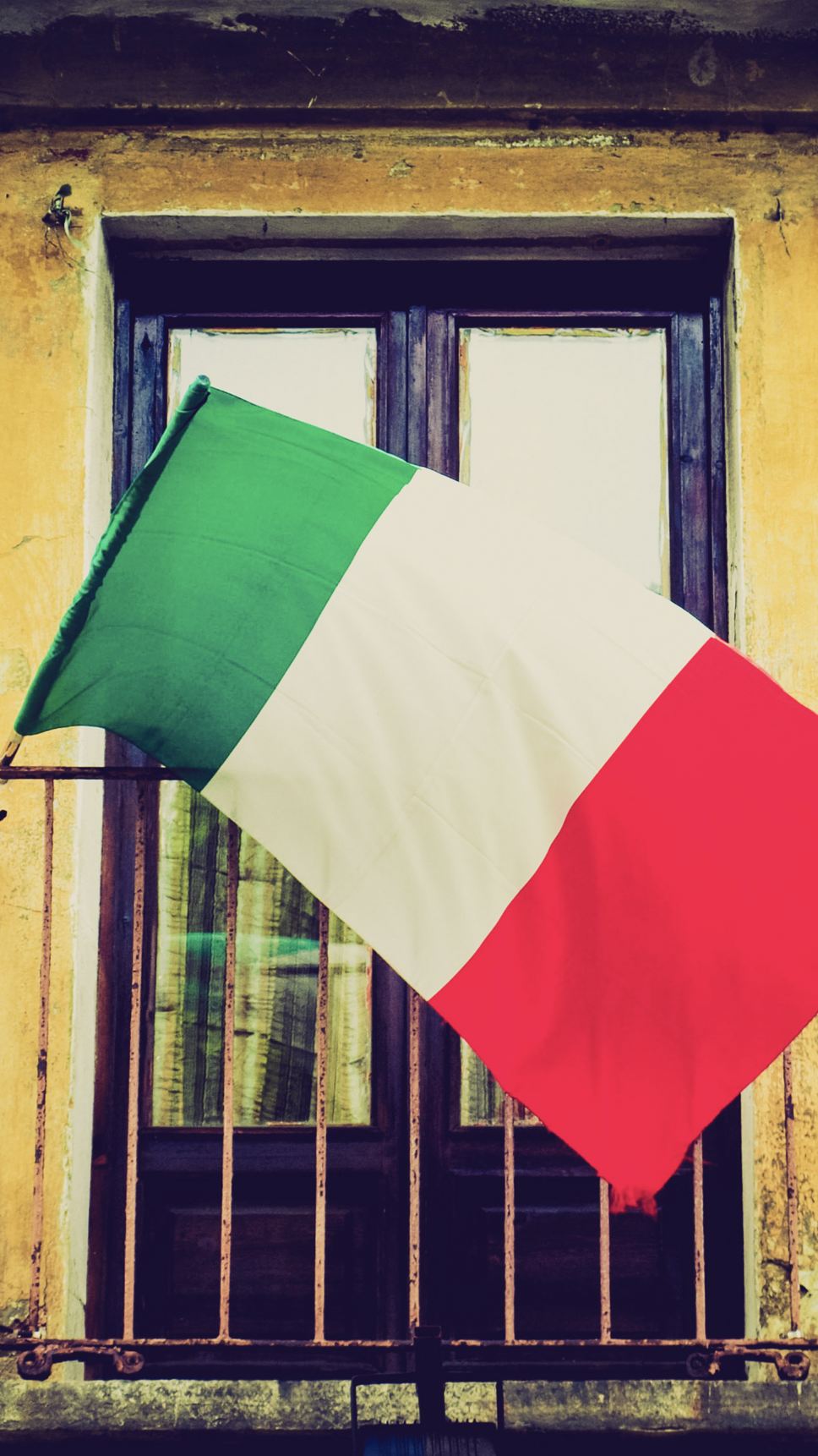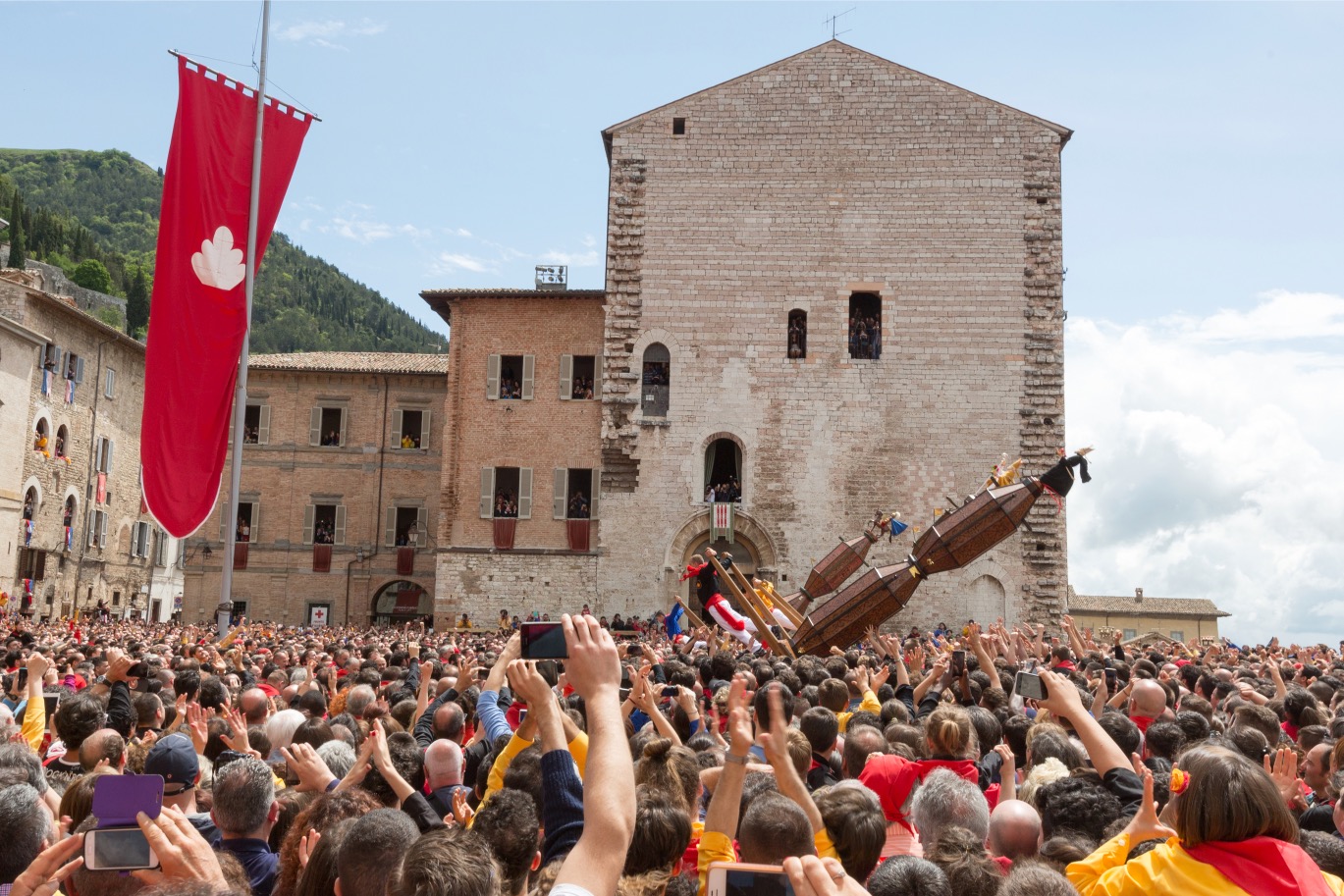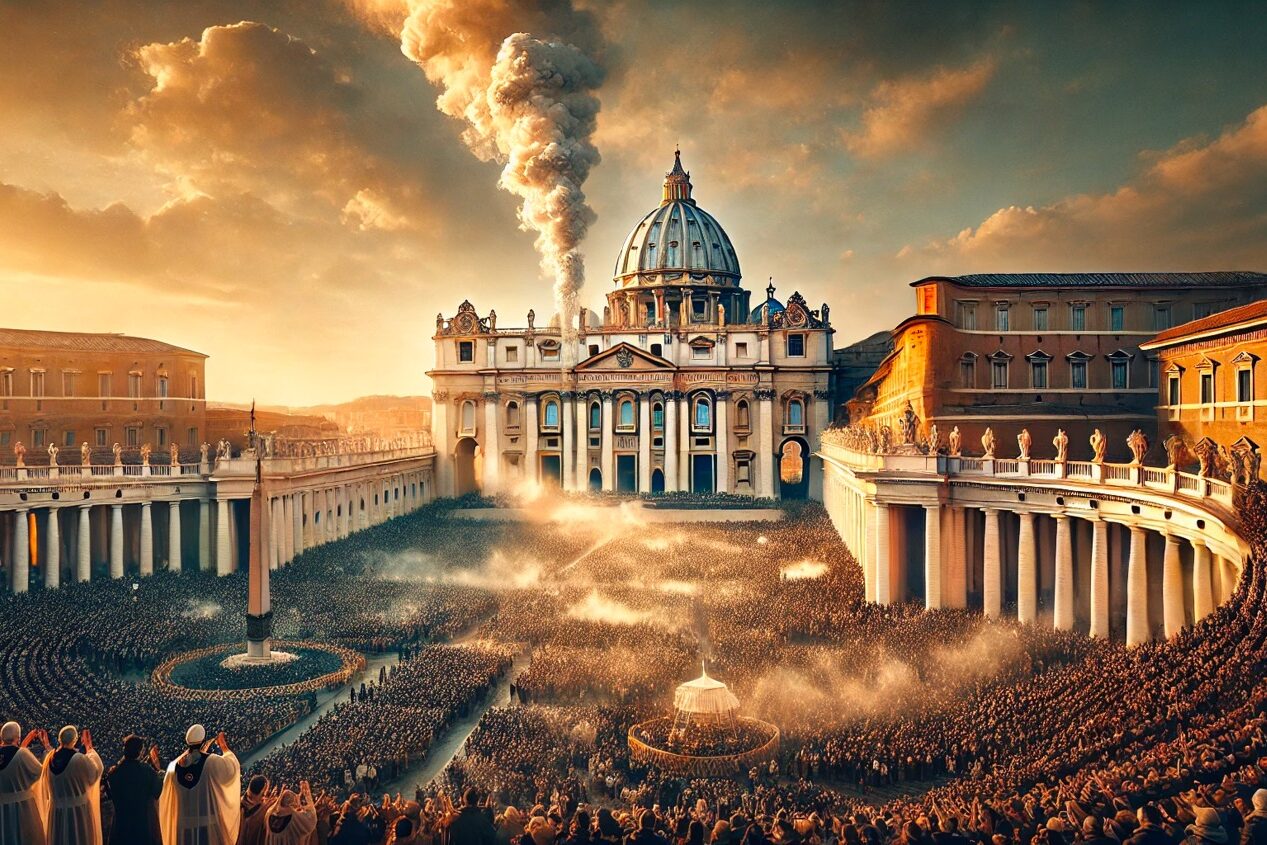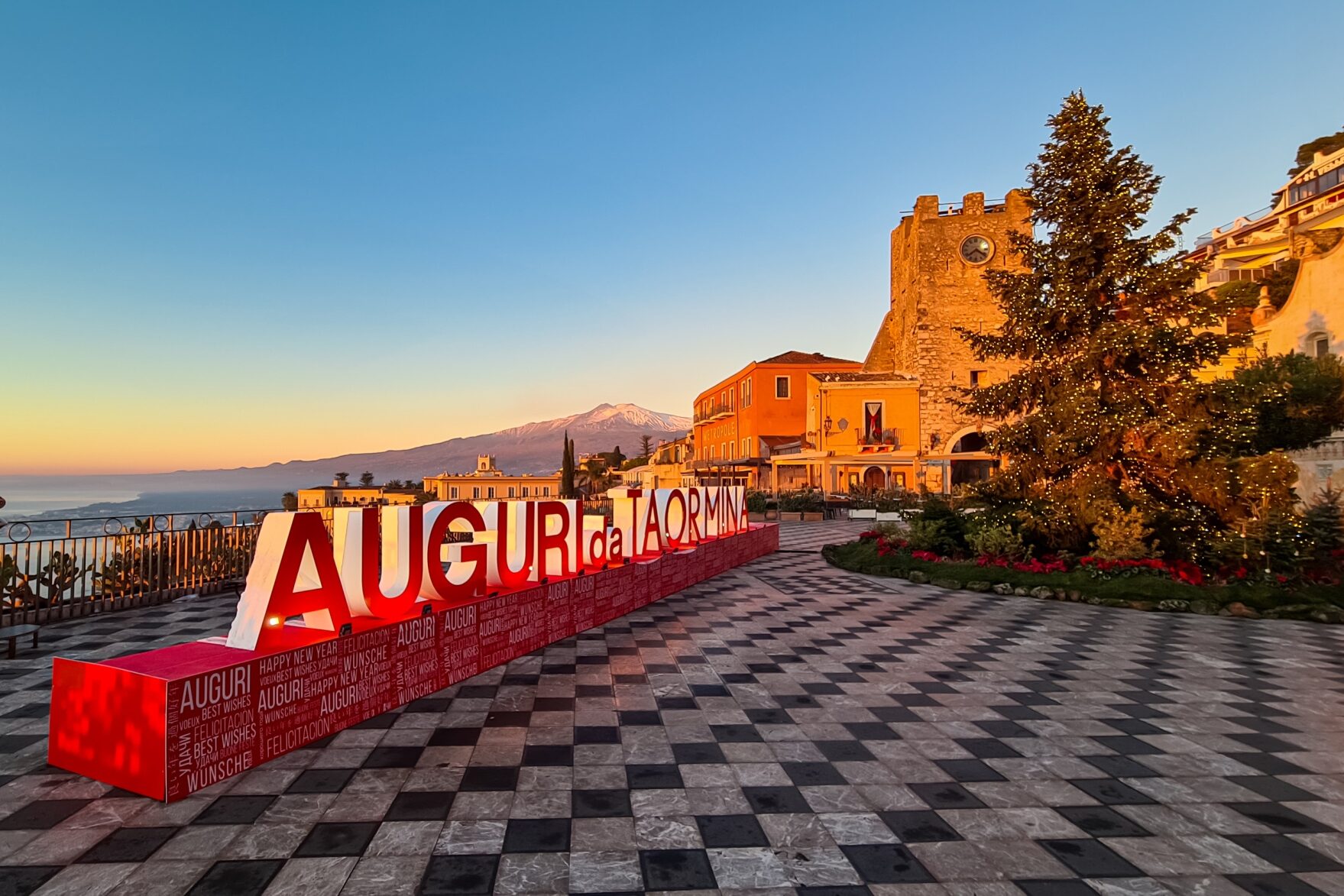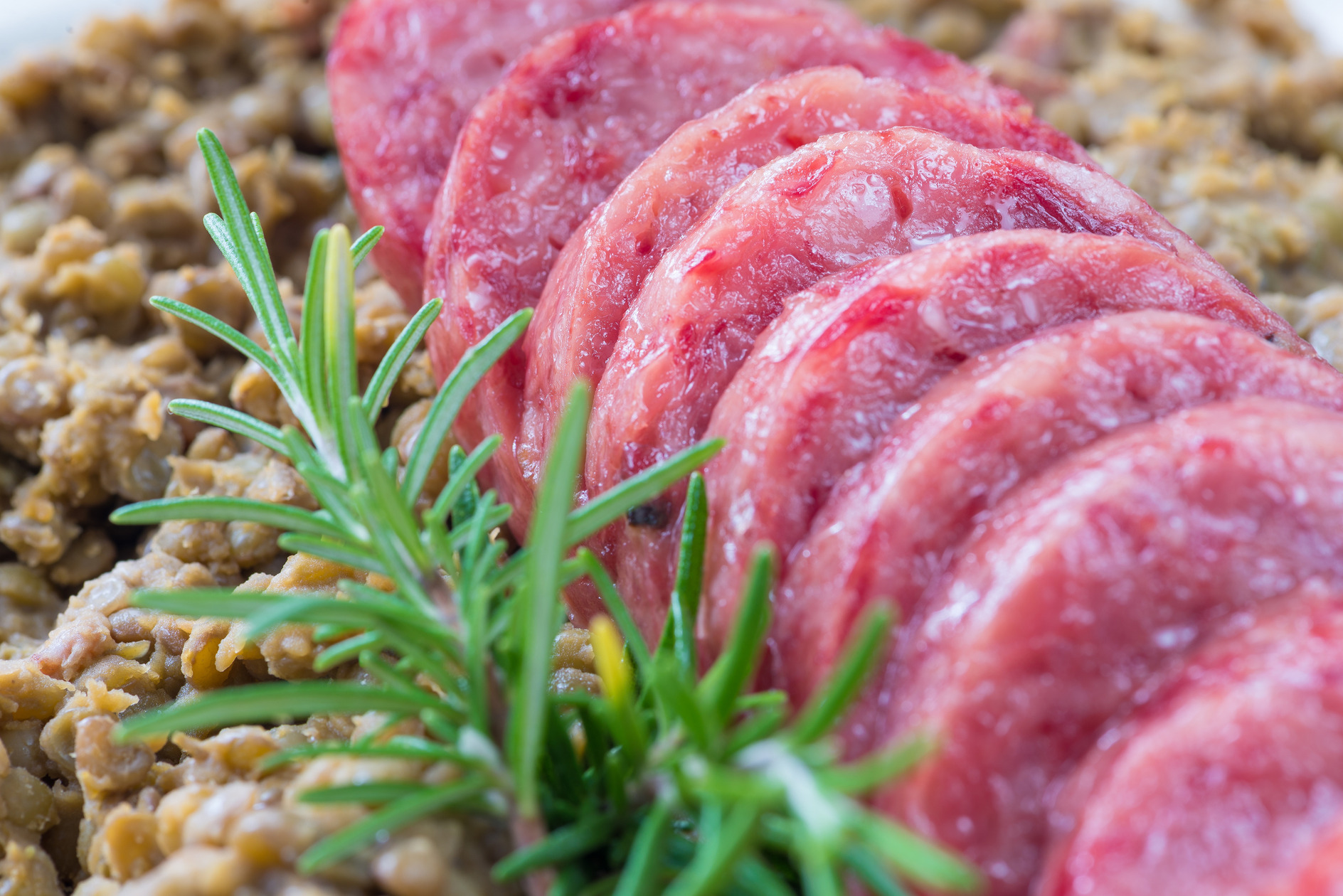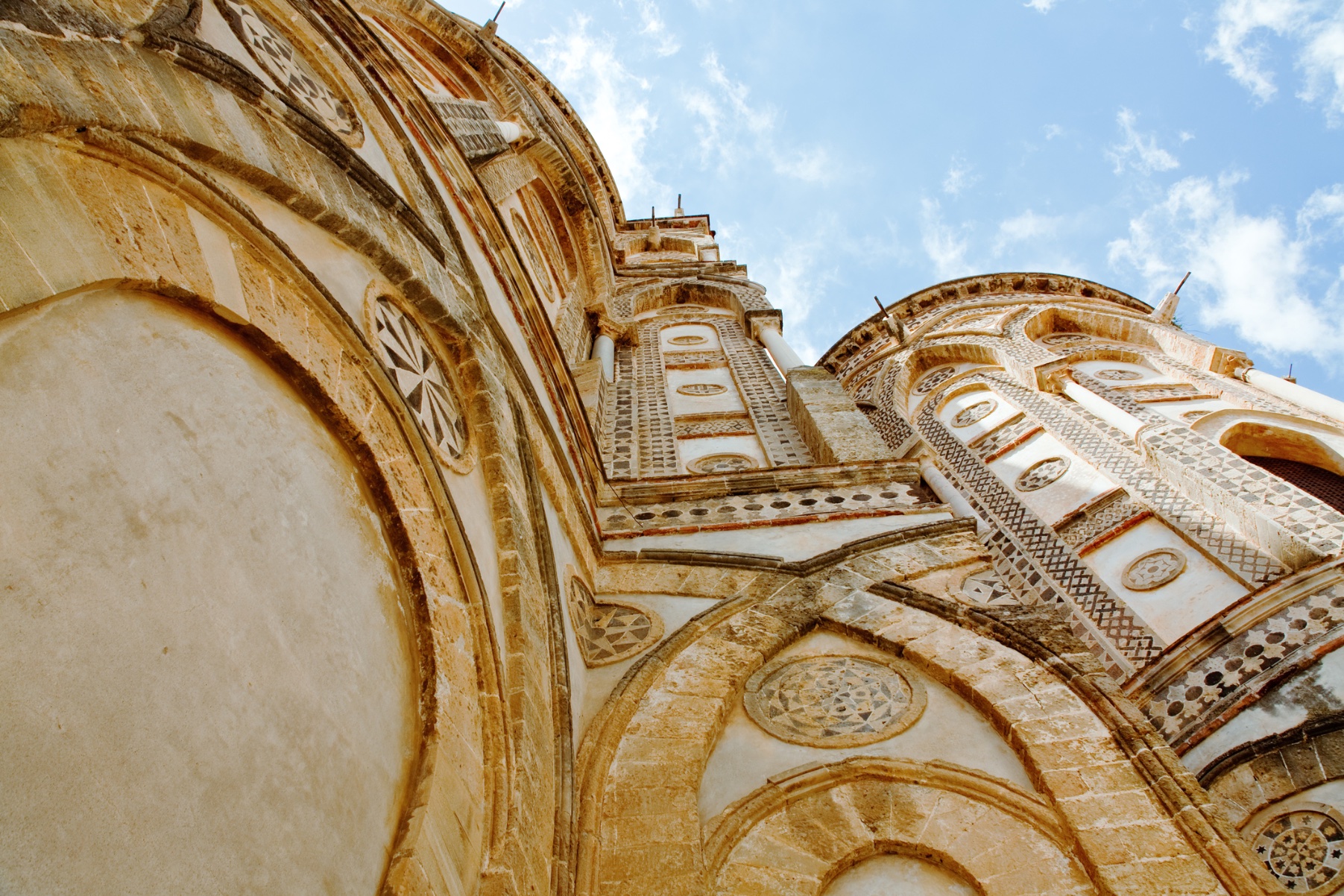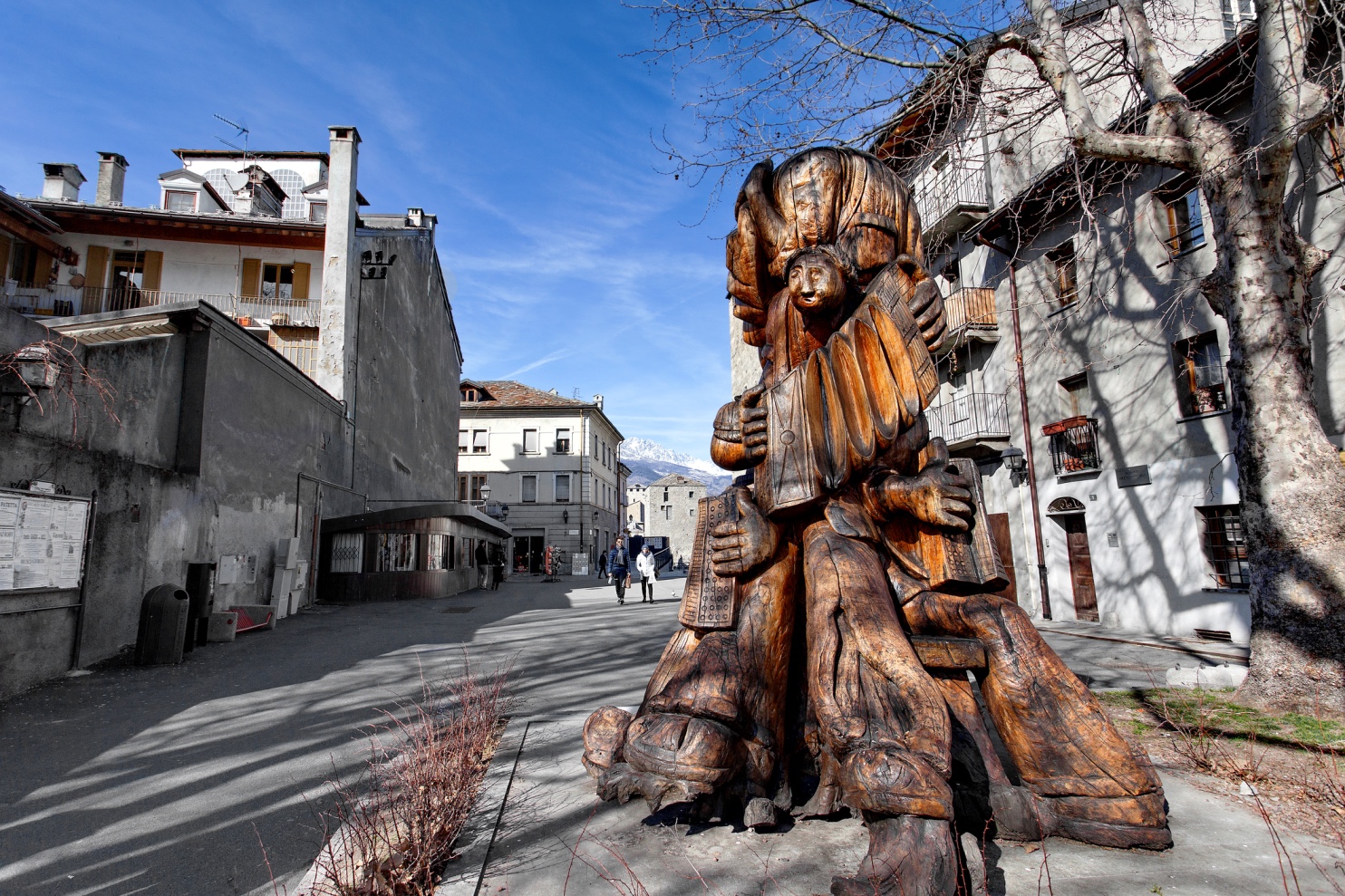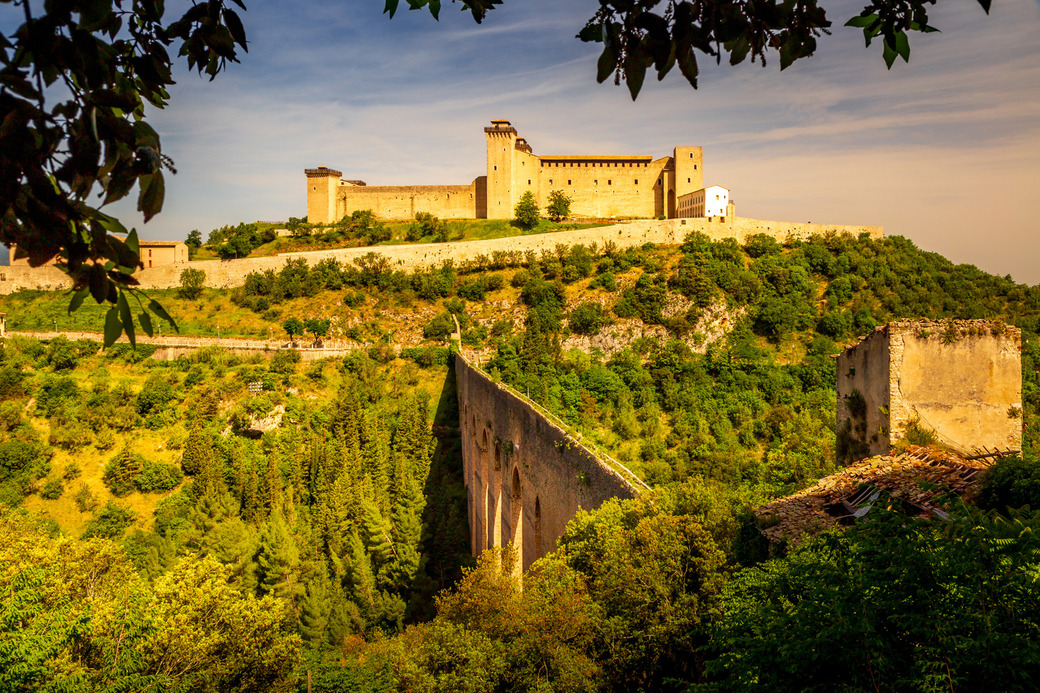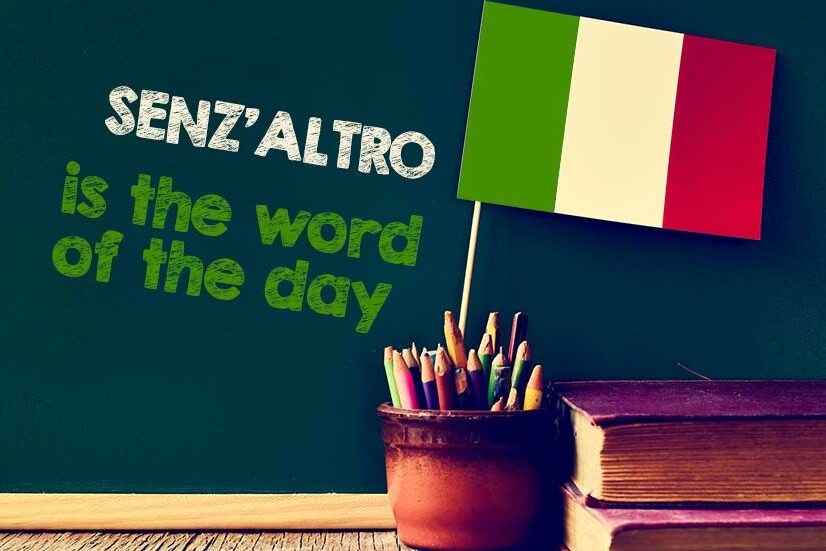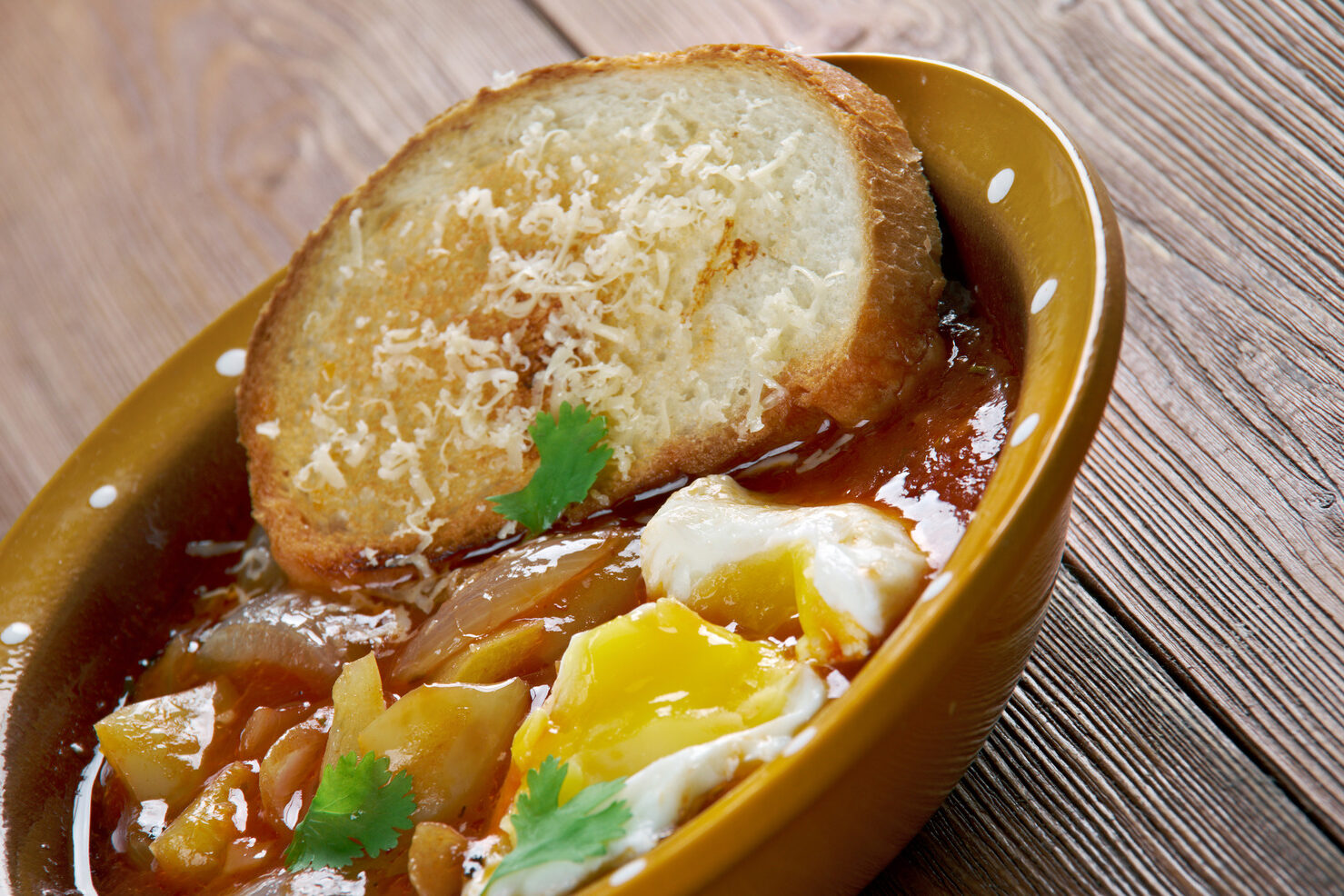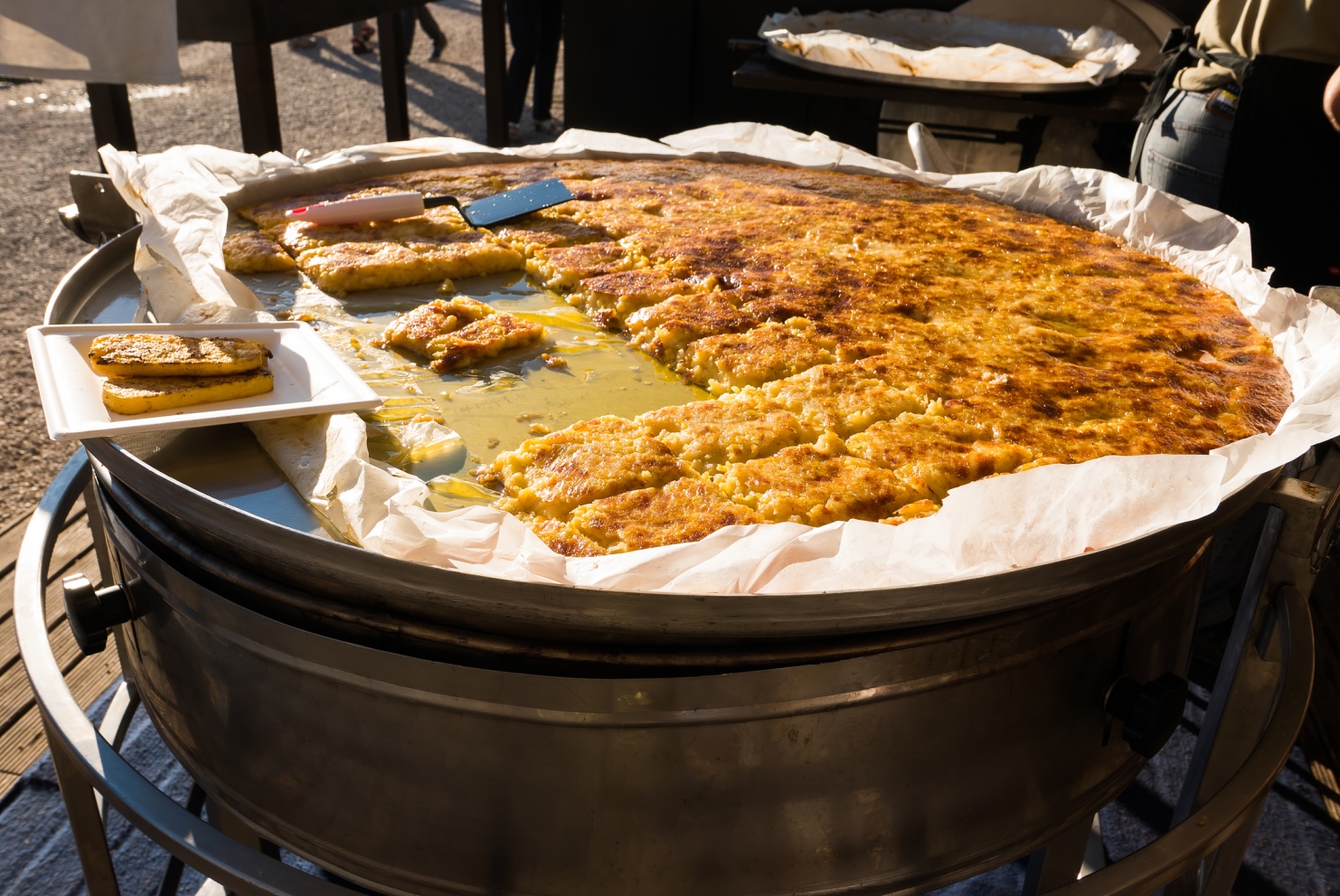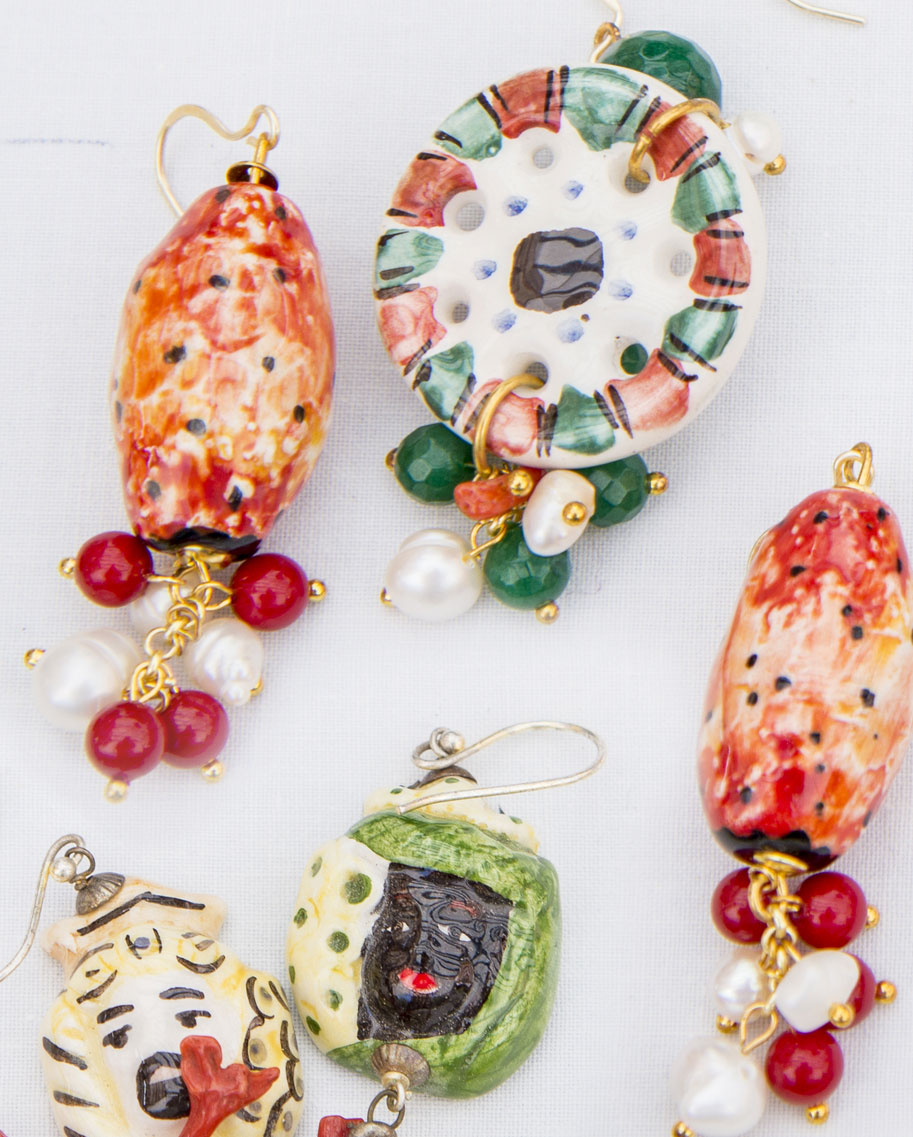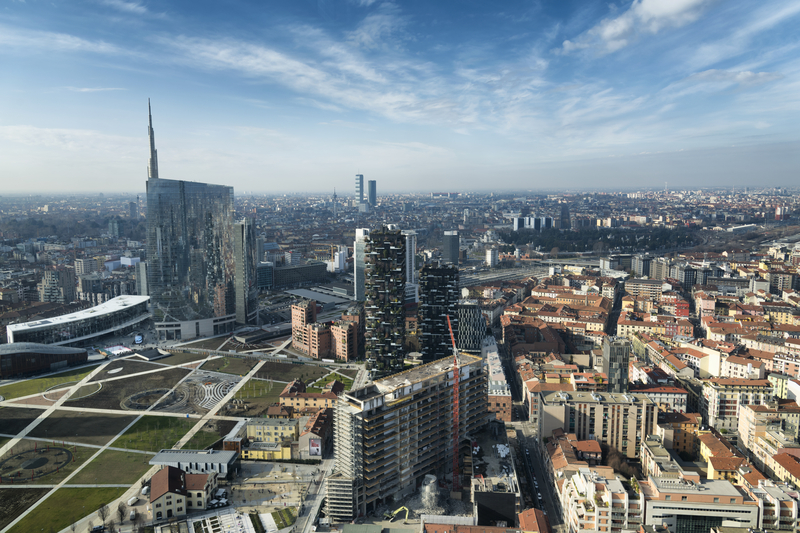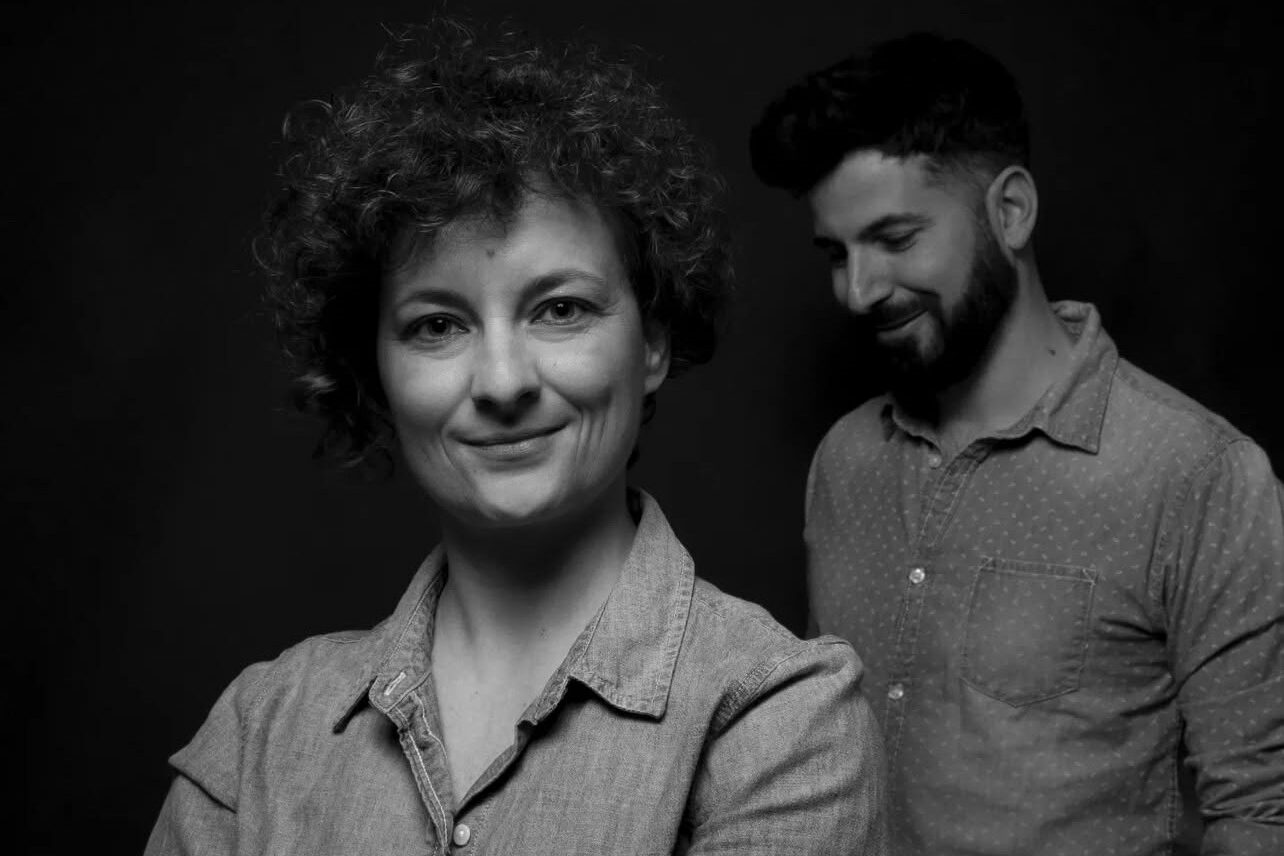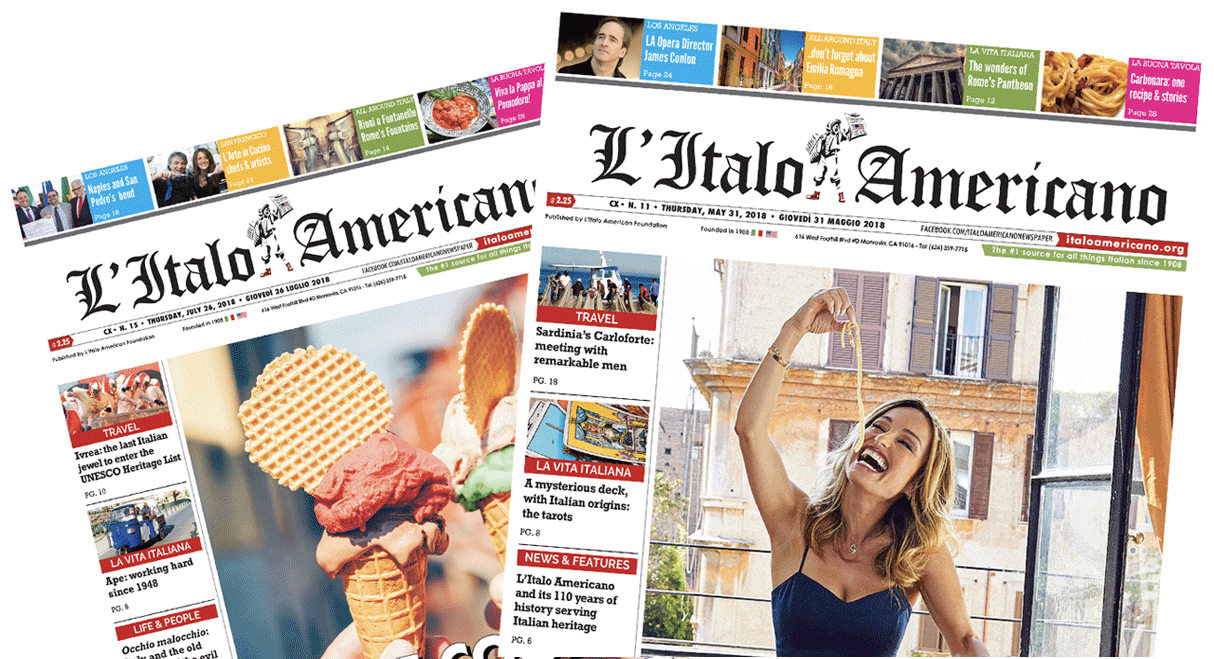“Un raggio di sole è sufficiente per spazzare via molte ombre” [“A single sunbeam is enough to drive away many shadows”] – St Francis
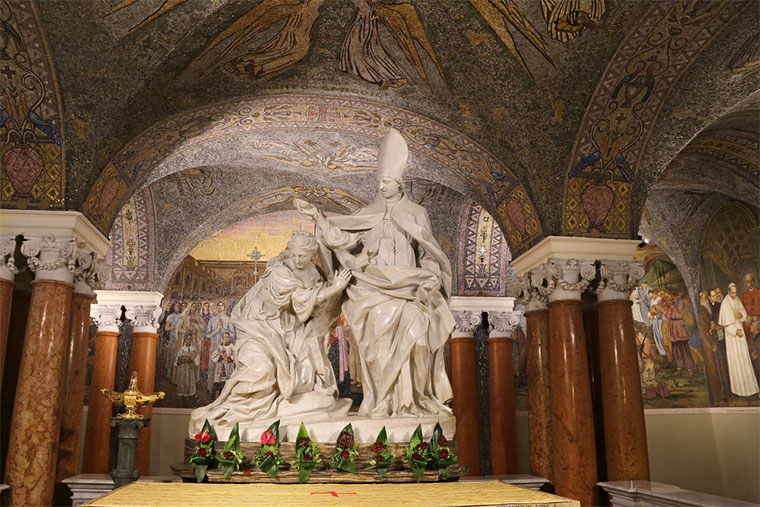
Lateral dome of the S. Emidio’s cathedral in Ascoli Piceno, Italy. In the crypt of the cathedral houses the relics of the patron, S. Emidio— Photo by trotalo
Stepping inside Sant’Emidio, the cathedral of Ascoli Piceno, feels like stepping into a night sky. The deep-blue barrel ceilings are dotted with golden stars and contrast the terracotta hues of the church. The stained glassed windows cast light over stone columns and marble floors.
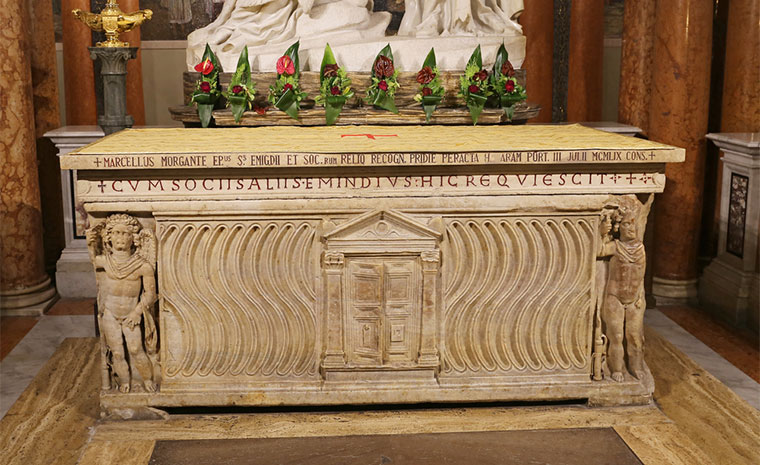
Lateral dome of the S. Emidio’s cathedral in Ascoli Piceno, Italy. In the crypt of the cathedral houses the relics of the patron, S. Emidio— Photo by trotalo
Andrea, our guide, explains to us that the cathedral is famous for the crypt where the local patron saint, Emidio, lays to rest. In fact, he is also the patron saint of earthquakes, and has been thanked for Ascoli’s protection thus far. The crypt ceiling glitters and shine with mosaic carefully laid by artist Pietro Gaudenzi soon after World War II; a similar sparkle to the chandeliers that hang gracefully from upstairs. As we step once more into the great marble piazza, the genteel singsong voice of the priest echoes peacefully throughout the church for morning mass and warms my heart: “We belong to this time. We must live for our today… Jesus is the God of today, not the God of tomorrow. He says – I am LOVE for you…”.
 Dome of the S. Emidio’s cathedral in Ascoli Piceno, Italy. Photo by trotalo
Dome of the S. Emidio’s cathedral in Ascoli Piceno, Italy. Photo by trotalo
Dome of the S. Emidio’s cathedral in Ascoli Piceno, Italy. Photo by trotalo
Dome of the S. Emidio’s cathedral in Ascoli Piceno, Italy. Photo by trotalo
As I told you yesterday, Ascoli Piceno is bursting with history. The cathedral was originally a Roman temple and it is almost entirely covered in travertine stone – a type of white marble which comes from mountains close by. Andrea passionately describes how there are only three cities in Italy with this kind of stone: Rome, Tivoli and Ascoli Piceno. Then, we make our way past the chiostro di San Francesco to what is known as the ‘little Petra’ church (for its affinities with the ancient Jordanian rock-cut city). As a matter of fact, this church is chiseled out of the rock face and its travertine stone camouflages beautifully to the stone around it. Here, Maurizio and Luciano, our guides for Italy’s Ways, prepares us for the beginning of our cammino.

Chiostro di San Francesco, Ascoli
The trail we are walking – called Il cammino Francescano della Marca – is 160km long and runs from Ascoli to Assisi, thus crossing two regions – Marche and Umbria – and 18 municipalities. Maurizio and Luciano have worked tirelessly to write a travel guide for this trail, create an app, and put up signs so that the whole route is clear. It is the first of its kind in the area and it is already attracting much business, such as new B&B’s for travelers who are taking this path. Maurizio addresses us with great passion, explaining the importance of getting to know the local people firsthand: “For me, the most important thing of this trip is that you meet the soul of the people: they are the greatest resource to the area. You can know the real character and soul of the people in the mountain.”
 Our guide, Luciano, shaves a mushroom, picked freshly from the ground (Amandola)
Our guide, Luciano, shaves a mushroom, picked freshly from the ground (Amandola)
Our guide, Luciano, shaves a mushroom, picked freshly from the ground (Amandola)
Our guide, Luciano, shaves a mushroom, picked freshly from the ground (Amandola)
Luciano holds the pilgrim stick in his hand and we set off – towards Amandola, beginning our cammino…

Standing on the ponte romanico – just before Amandola
It would be impossible for anybody not to be a lover of nature walking this trail – even the sturdiest, most ardent city slicker would be quickly converted. Perfectly plowed farms slope around us and below us and fields of giant dried sunflowers bow their heads as a final salute to the summer. There is a rustle of wildlife here – you can hear the crunch of earth and leaves underfoot, the hum of a solitary bee, the chirp of a solitary cricket.
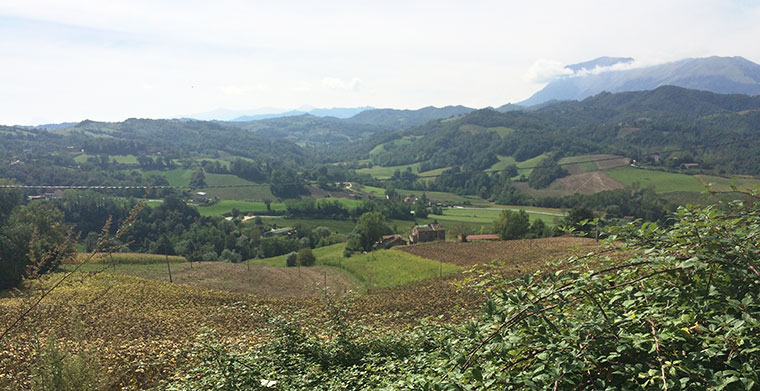
On our cammino to Amandola (Gran Sasso mountain_ far right)
Here you may notice the minute as well as the great, the mountain alongside the small detail of creation. Your eye takes in the hairy caterpillar curled and basking in the sun alongside the mother mountains in the mist – the Sibillini and the Gran Sasso, highest of all. There are tiny lavender wildflowers bending over, reaching towards the light. Nothing is out of place here. Everything is significant in its beauty.

Olive-oil soap at a house on the way to Amandola
Luciano shaves off a wild mushroom – a prataiolo. He has walked these paths often. He knows the ways and their wilds. We pass a house which is known to the team – actually, it is half a house and half a church. The resident is out, but his presence is very felt: there are chunks of homemade olive oil soap drying on a table and boots by the door. Because this is the way of life here – everything is handmade, fatto a mano.
 On our cammino to Amandola (Gran Sasso mountain_ far right)
On our cammino to Amandola (Gran Sasso mountain_ far right)
On our cammino to Amandola (Gran Sasso mountain_ far right)
On our cammino to Amandola (Gran Sasso mountain_ far right)
A falcon swoops and glides in the Apennines sky. It is no wonder that everywhere in Italy there is such a connection between poetry and place. There is diversity everywhere we walk: in vision, in sound. The swoosh of plants. The crunch of pebbles. Brambles. Thickets. Eventually we come to the ponte romanico – the Roman bridge which signals we are approaching Amandola.
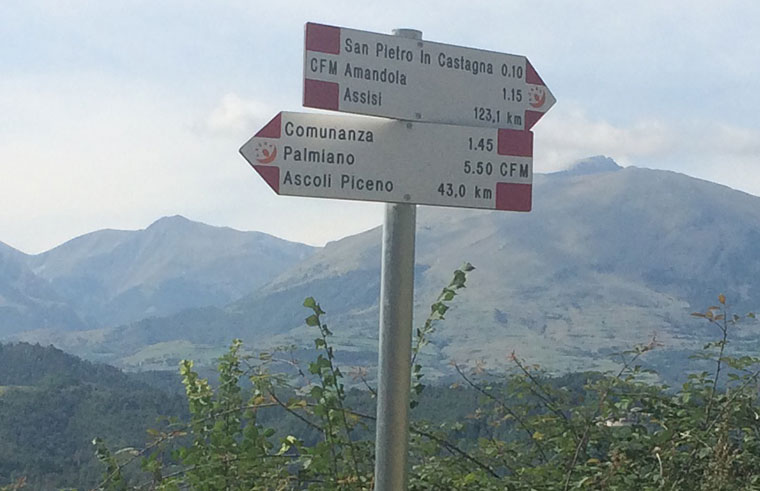
Luciano and Maurizio’s signs pointing us towards San Pietro, on the cammino to Amandola
Amazingly enough, this housetop town somehow survived the recent earthquake in central Italy – though many buildings are sectioned off to be checked for safety. Mauro, a local artisan beer-maker, welcomes us cheerily into the Beato Antonio convent where we will be having lunch. His beer is made from pink apples growing on the Sibillini mountains and it is sweet and refreshing. Our table is furnished entirely with delicious local produce – even the water is from the local mountains! We have a starter of pecorino cheese and salami, followed by mushroom lasagna with local truffle oil.

Half church, half house – on the cammino to Amandola
After a while, it is time to get back on the road – heading to Sarnano. Overhanging trees – bending with their limber, leafy branches – beckon the way ahead and by dusk we have arrived. We walk around the sleepy lamp-lit streets. The mayor himself takes us on a guided dusk tour of the town: he leads us up a steep hill to the very top, where the teatro and the highest tower are. Three towers rise out of the swirling warm brick buildings that date back to the 13th century. San Francesco was here in 1215, so that streets are named after him: tradition says that he even designed the local stemma, the town’s coat of arms representing the face of an angel. In the meanwhile, we pass brick walls and roads, walking through one of the five city gates to the city museum. Here we can see for ourselves a XV century painting portraying St Francis as he draws that seraphim’s face.
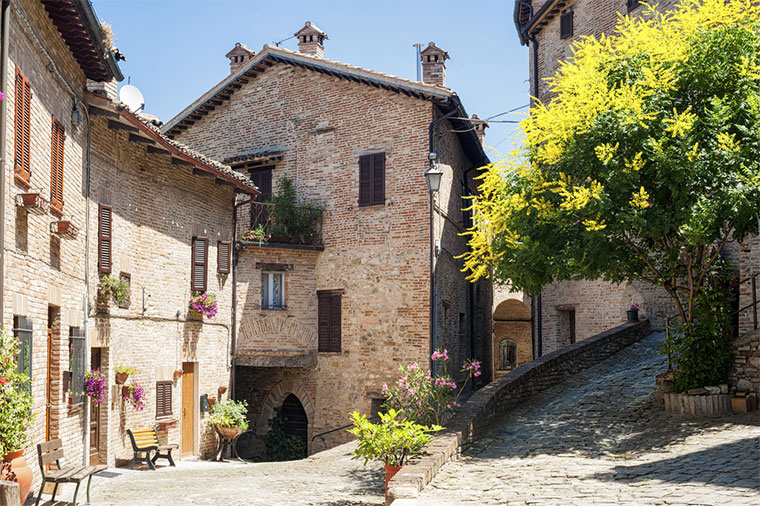
Sarnano Terme, named one of the most beautiful villages in Italy – Photo by clodio
Sarnano’s terme – the spa resorts which are known to carry healing properties with their cool mountain water – are not very far. There is literally something magical about this place, as a professor explains by telling us the famous local legend about a fairy-woman called Sibyl. Back at the hotel, we dine on bruschetta bread with diced, fragrant tomatoes, pappardelle with wild boar ragù sauce, and organic rosso piceno wine.
All in all, it has been another glorious day in Le Marche: many people have opened their doors and welcomed us, and mother nature herself has been very kind!

